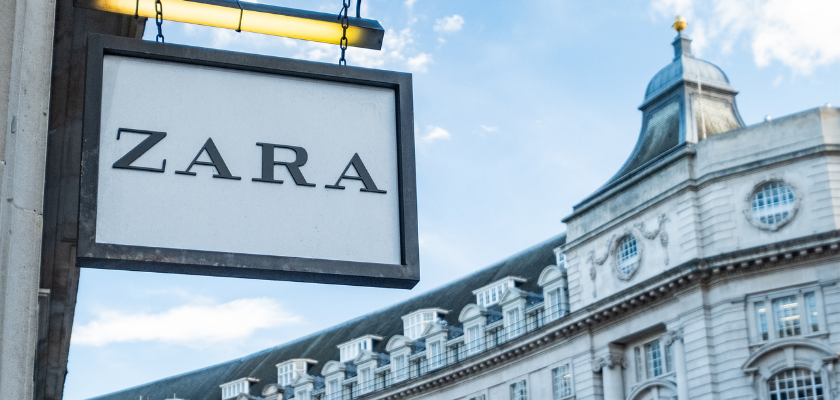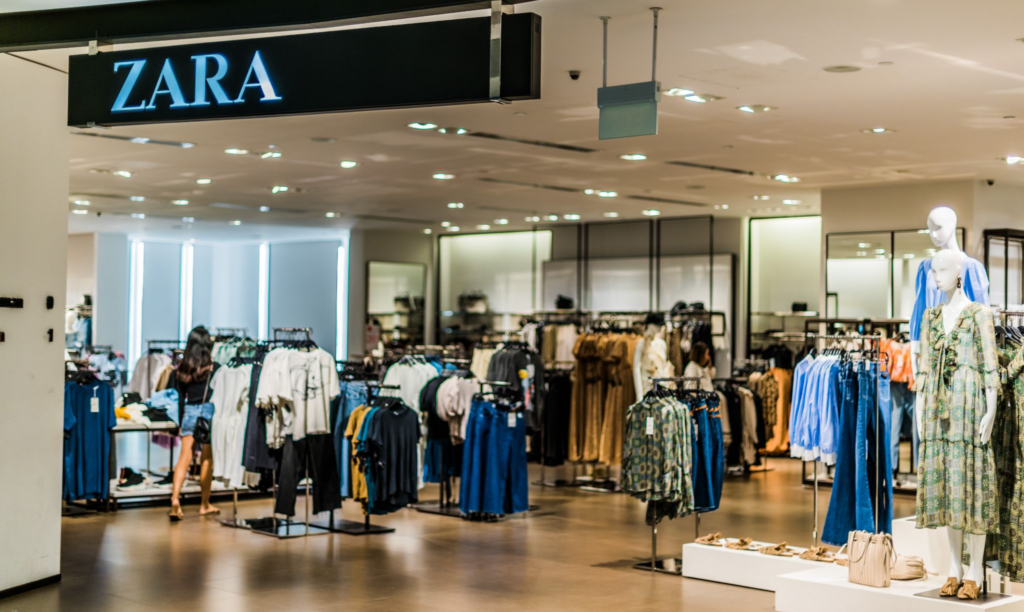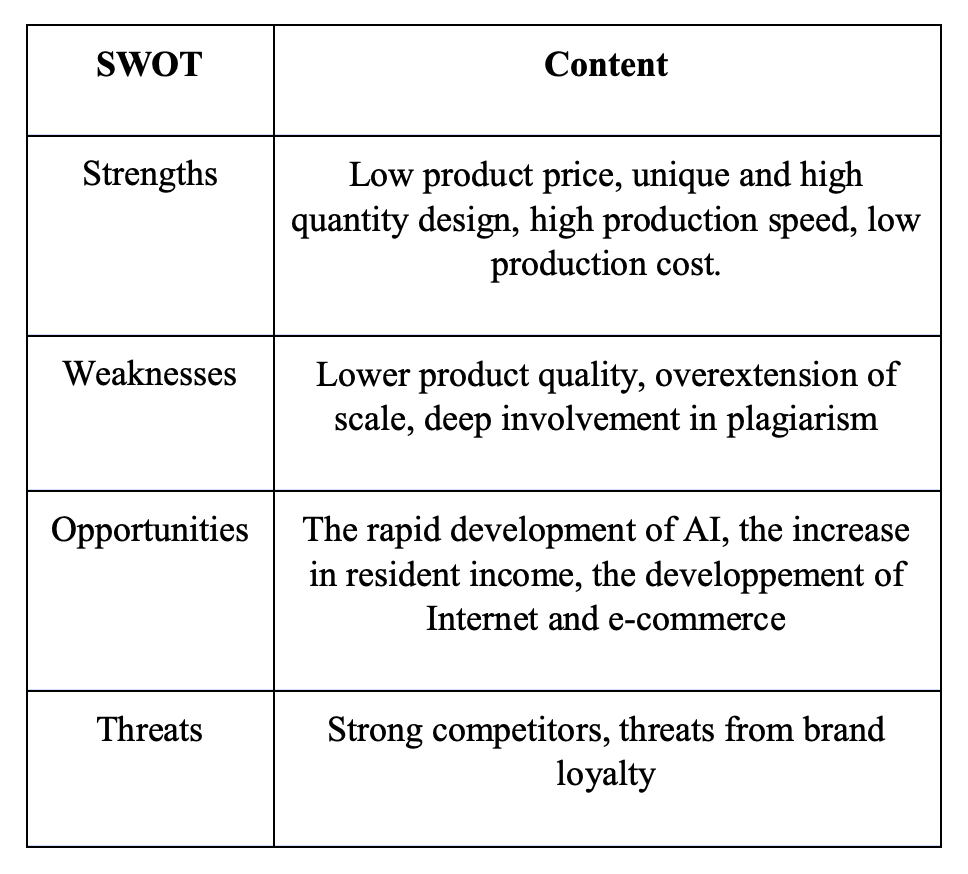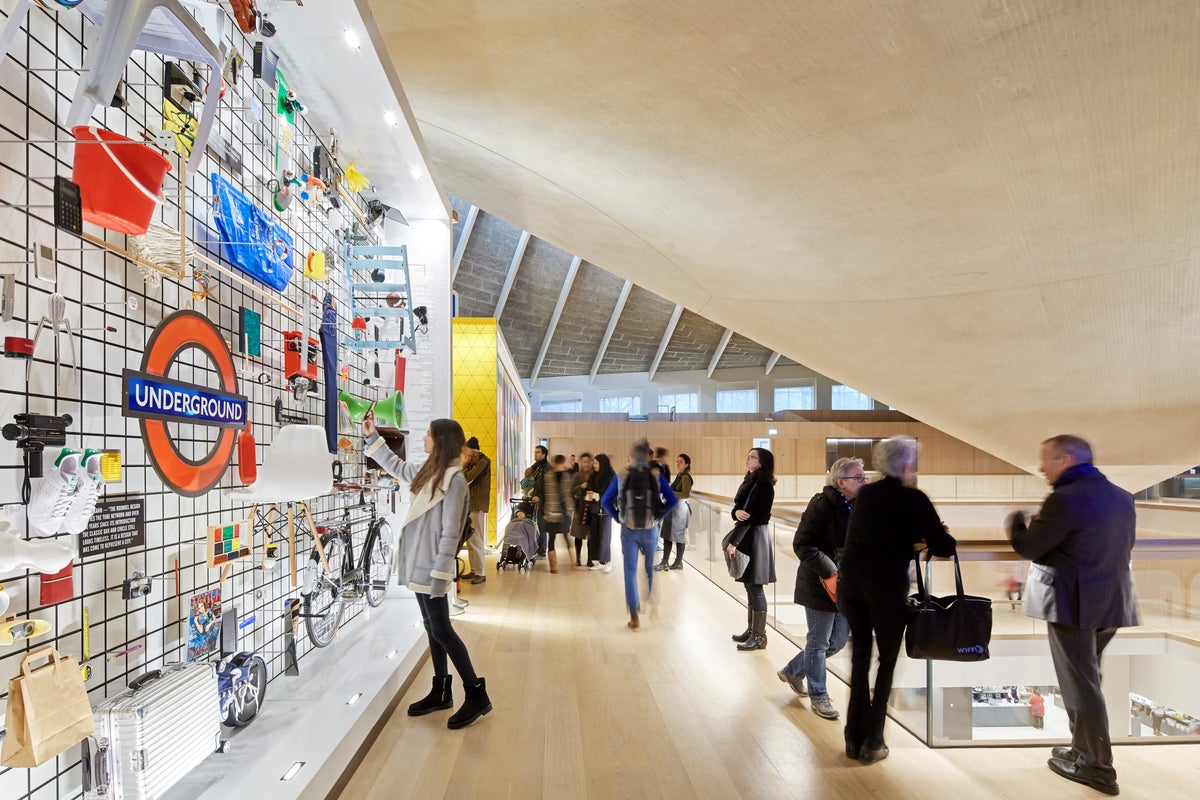Unpacking Zara’s Marketing Strategy & Marketing Mix
Zara owes much of its success to its clever marketing strategy. When you take a closer look at what’s driving this success, the 4Cs of marketing immediately stand out as a key concept that deserves attention. The 4Cs concept...

Zara owes much of its success to its clever marketing strategy. When you take a closer look at what’s driving this success, the 4Cs of marketing immediately stand out as a key concept that deserves attention.
The 4Cs concept was introduced by Bob Lauterborn in 1990 as an updated version of the 4Ps. Unlike the traditional 4Ps, which focused on product, price, promotion, and place, Lauterborn’s marketing concept places the customer at the center. The 4Cs revolve around four key areas: consumer requirements, costs that appeal to both your customers and profitability, the convenience you provide your customers with when they decide to shop, and how the brand communicates with your customers. Zara’s marketing mix has been crafted to prioritize customers’ perspectives in a way to boost brand loyalty and sales while reducing marketing costs.
Zara’s Marketing Mix
Zara’s approach to marketing sets it apart from other fashion brands and has its name written in shiny, bright diamond letters in the fast-fashion industry.
Let’s take a closer look at Zara’s marketing mix and 4Cs to better understand how it built its key to global success!
Customers’ Requirements – Making Them Come Back for More
Zara has a reputation for imitating high-end brands and making it possible for customers, who are mostly 25-45 years old educated people, to get their hands on unique designs. But did you know that Zara also generates a sense of scarcity by producing products in smaller numbers compared to other fast fashion brands? This creates a feeling of exclusivity and urgency that keeps customers coming back for more.
Cost Efficiency – Keeping Prices Low
Zara is known for its affordable prices, but how so? Well, we’ve already mentioned that it reduces design costs by copying the work of other designers. To state it more elaborately: Zara has a team of hundreds of designers who travel all around the world to steal designs and send them back to headquarters. Although there are dozens of lawsuits in this regard, it is still cheaper than working with designers. Additionally, Zara reduces logistical and transportation costs, which allows the brand to keep prices low.
Convenience to Buy – Making Shopping Easy
Zara understands the importance of convenience when it comes to shopping. The brand offers a comfortable shopping experience in its physical stores, each exceeding 930 square meters, and has easy-to-use websites for online shopping. This makes it easy for customers to find what they’re looking for and make purchases.

Communication Attracts People – Engaging with Customers
Zara’s highly trained, cool, and stylish salespeople are passionate about fashion, and they are always up to date on the latest trends. So, they can offer valuable advice to customers.
P.S: If you want to learn more about Zara’s marketing mix, you can read Lai Chunling’s analysis of Zara’s marketing strategy.
Zara’s Marketing Strategies
Unlike the majority of fashion brands, Zara doesn’t spend much on advertisements, as Lopez and Fan stated in their article “Internationalisation of the Spanish fashion brand Zara”. Instead, the brand focuses on making the name “Zara” promote itself.
SWOT Analysis of ZARA

Source: Hu Duoyan, “Research on ZARA Strategy from the Perspective of SWOT Analysis Method”
Zara is a brand that’s loved by many young and fashion-savvy people because of its ability to provide trendy clothing at affordable prices. And it always introduces new garments, and can produce them quickly, which is pretty impressive when it comes to attracting customers’ attention! However, there are some areas where Zara could do better. For example, Zara’s product quality isn’t always the best, and as we all know, it has been facing lawsuits for stealing designs.
Despite the challenges, Zara has some exciting opportunities to explore, like leveraging the growth of e-commerce. Of course, there are some other threats to their success, such as strong competition from other fashion brands and the risk of losing customers who are turned off by plagiarism accusations.
Zara’s Use of Traditional Marketing
Zara does not spend much on traditional marketing such as billboards, TV, and other advertising media. The company relies on its products, store designs, and social media presence to market itself, but in high-fashion publications like Vogue, Zara does occasionally run print advertisements.
Zara’s Social Media Strategy
Zara’s social media strategy is unconventional. Instead of regular posing models’ photos, the company posts artistic photos of clothing, creating a unique aesthetic that captures the attention of its target audience. Zara’s Instagram account with its 40 million followers proves that the extraordinary poses work really well.
Zara also has a YouTube channel offering behind-the-scenes looks at its production process and fashion shows, which create a sense of exclusivity and excitement for its customers, and studio collections created like pieces of art.
Of course, to make all these posts visible, they do not spend much energy, as the authority of the brand name sells itself. But, if you are planning to start your own business and build a profitable fashion brand, we recommend benefiting from the magical world of digital marketing. For example, you can make your shop easy to find on Google and YouTube with the help of fashion SEO and digital marketing agencies.
Conclusion
Zara has established itself as a leader in the fast fashion sector thanks to its creative marketing mix and successful use of social media. By prioritizing the perceived value of its customers and embracing the power of social media, the brand has established a distinct identity that sets it apart from its competitors. As the fashion industry continues to evolve, Zara’s marketing strategy will undoubtedly continue to play a crucial role in its success.
So, next time you’re scrolling through your social media feeds, take a moment to appreciate the creative and unconventional marketing tactics of Zara, and who knows, you might just find yourself clicking that “add to cart” button. If you’re looking to create similar success and boost your own sales, we suggest seeking help from professionals. That’s why we’ve compiled a list of fashion marketing agencies and e-commerce agencies that can help you achieve your goals.

 ShanonG
ShanonG 
































